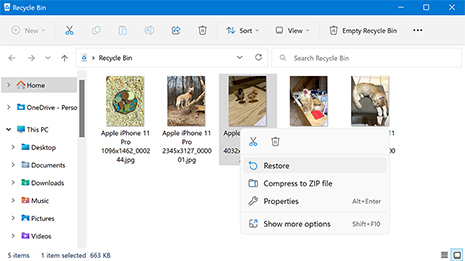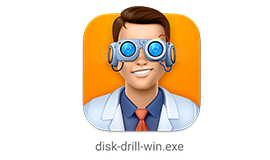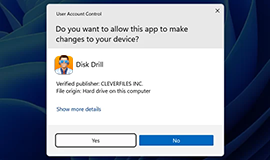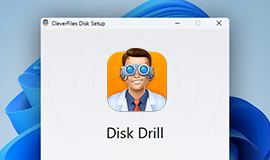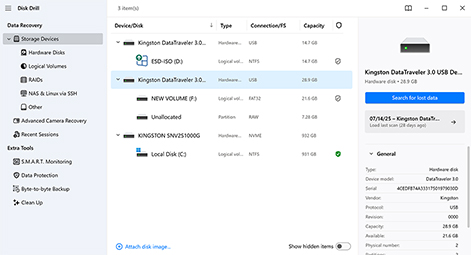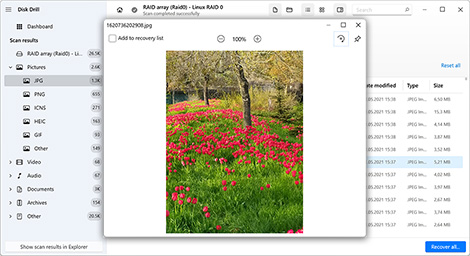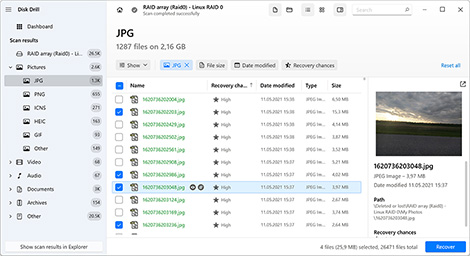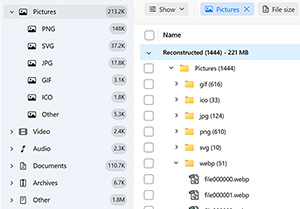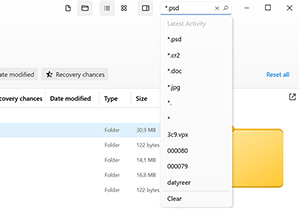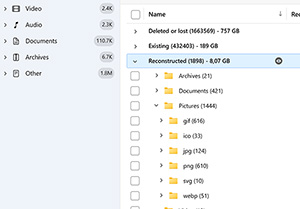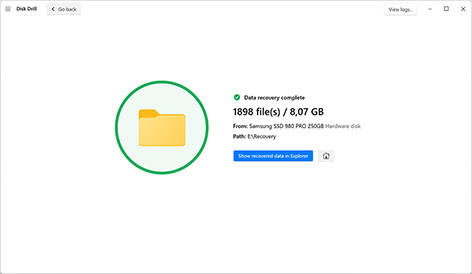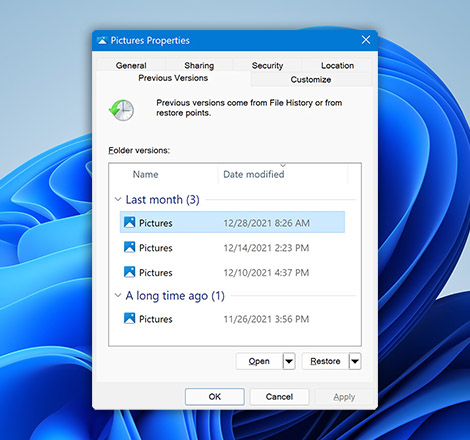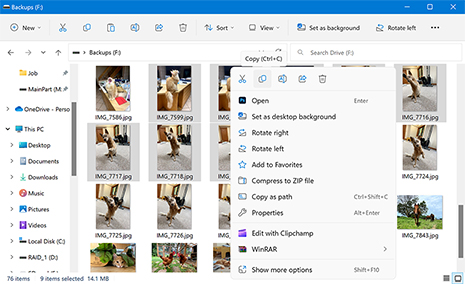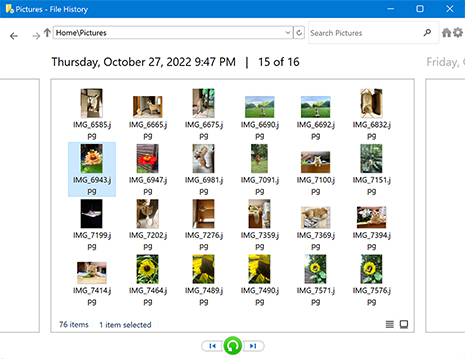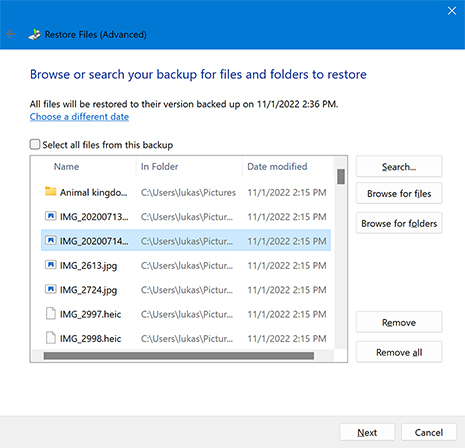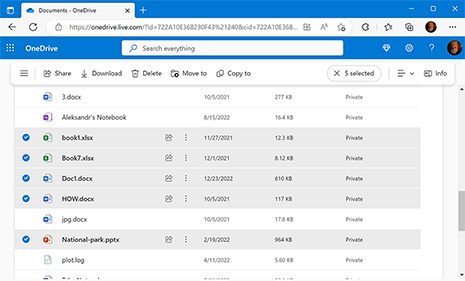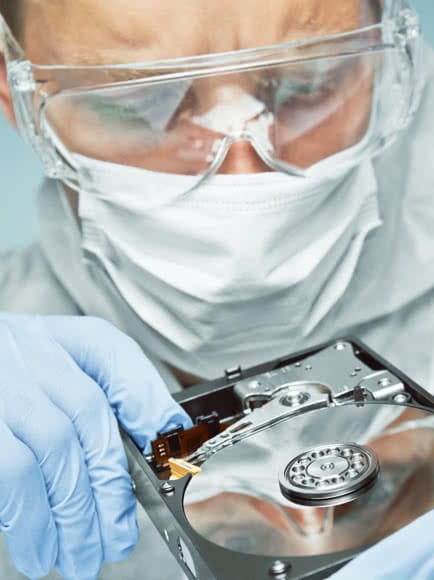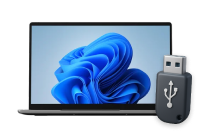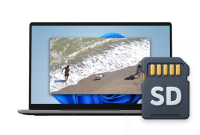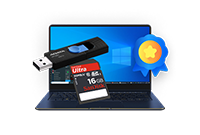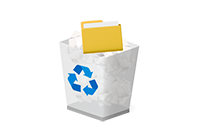To recover permanently deleted files on Windows for free, your first option is to check existing backups for a copy of your data. If you don’t have a backup, your next best choice is to use free data recovery software to get the files back. Disk Drill allows free recovery up to 100 MB on Windows, or you can use completely free tools like Recuva or PhotoRec.
How to Recover Deleted Files on Windows PC Easily
Different methods exist to recover deleted files on Windows, even those that have been permanently removed from the Recycle Bin. To help you get started, we’ve put together this comprehensive overview of the best recovery methods, including everything from free built-in features to our easy-to-use and highly effective data recovery software tool: Disk Drill.
